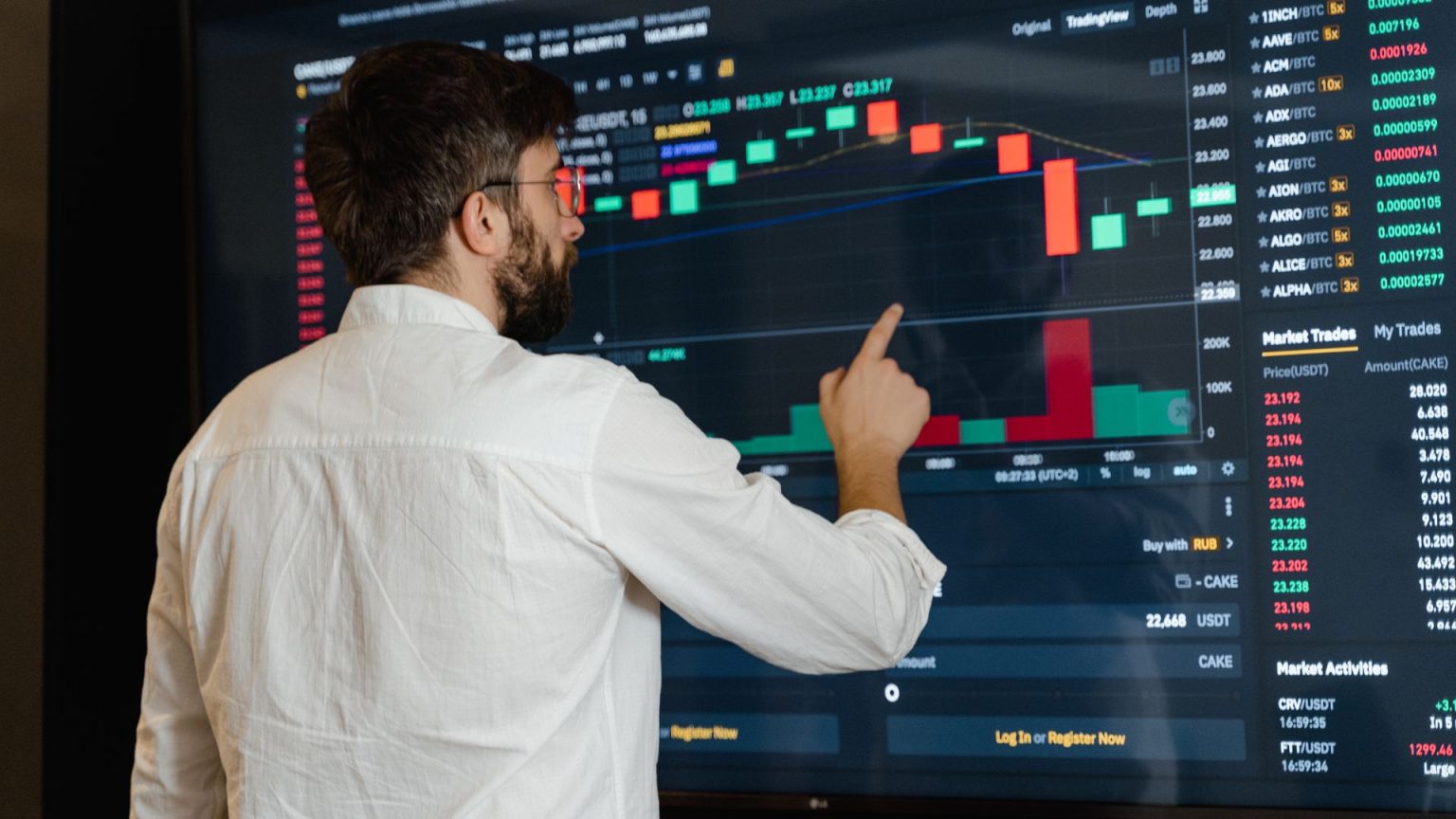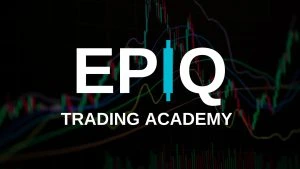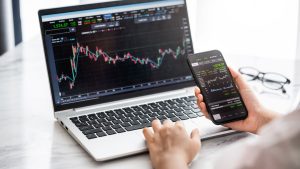When new traders step into crypto, one of the first big questions is: should I start with spot trading or jump into futures? Both approaches can be profitable, but they carry very different risks, rewards, and learning curves.
In this guide, we’ll break down the differences, pros and cons, and help you figure out which option fits your trading style best.
What Is Spot Trading?
Spot trading is the simplest form of trading crypto, you buy and sell the actual asset at its current market price (“on the spot”).
- Example: You buy 0.01 BTC at $65,000. If Bitcoin rises to $70,000, you can sell and lock in the $5,000 difference on that portion.
- You own the coins directly and can transfer them to a wallet.
- No leverage, no contracts—just straightforward ownership.
✅ Pros of Spot Trading
- Beginner-friendly, easiest to understand.
- No liquidation risk (you can’t get “wiped out” by a small move).
- Long-term investors can HODL safely.
- Great for learning chart patterns without pressure.
⚠️ Cons of Spot Trading
- Slower account growth without leverage.
- Requires more upfront capital to see large gains.
- Profits only come if price goes up (unless shorting options are available on your exchange).
What Is Futures Trading?
Futures trading is a way to speculate on price direction without owning the underlying crypto. Instead, you trade contracts tied to Bitcoin, Ethereum, or altcoins.
- You can go long (price up) or short (price down).
- Leverage allows you to control bigger positions with less capital. For example, 10x leverage on $100 gives you control over $1,000 worth of BTC.
- Profits (and losses) are magnified.
✅ Pros of Futures Trading
- Ability to profit in both bull and bear markets.
- Leverage means you can trade with smaller starting balances.
- Flexible tools: hedge spot holdings, scalp volatility, or swing trade.
⚠️ Cons of Futures Trading
- Higher risk, especially with leverage.
- Liquidation risk: if the market moves against you, your position can be closed automatically.
- Requires strong discipline and risk management.
- More complex for beginners to learn.
Which Is Better for Beginners?
It depends on your trading style and goals:
- If you’re brand new → Start with spot trading. It’s safer, lets you learn charts, and helps you build patience without the stress of liquidation.
- If you want slower, steadier growth → Spot trading fits long-term investors and cautious traders.
- If you crave fast-paced action → Futures might fit, but only if you’ve built discipline and a clear risk strategy. It’s for active traders who thrive under pressure.
- If you’re already comfortable with risk management → Futures can open the door to higher gains, shorting opportunities, and advanced strategies.
Pro Tips for Choosing Your Path
- Master Spot First: Even pro futures traders started with spot to learn structure and discipline.
- Treat Leverage Carefully: Beginners should start with low leverage (2x–3x max) until confident.
- Use Risk Management Always: Never risk more than 1–2% of your capital per trade—spot or futures.
- Journal Both: Track your spot and futures trades to see which aligns with your personality.
Final Thoughts
There’s no one-size-fits-all answer to whether spot or futures trading is better. Spot trading is the safer entry point for most beginners, while futures trading can unlock more potential once you have a plan, patience, and discipline.
Think of it like learning to drive: start with a regular car (spot trading) before you try racing in Formula 1 (futures trading).
Trade Smarter With EPIQ
At EPIQ Trading Floor, we help traders navigate both spot and futures with confidence:
- ✅ Beginner lessons on spot trading basics
- ✅ Advanced courses on leverage and futures strategies
- ✅ Risk management calculators so you don’t overexpose yourself
- ✅ Live trade setups and 24/7 community chat
👉 Start your 3-day free trial and find the trading style that works for you.
Disclaimer: This content is for educational purposes only and not financial advice.










Responses